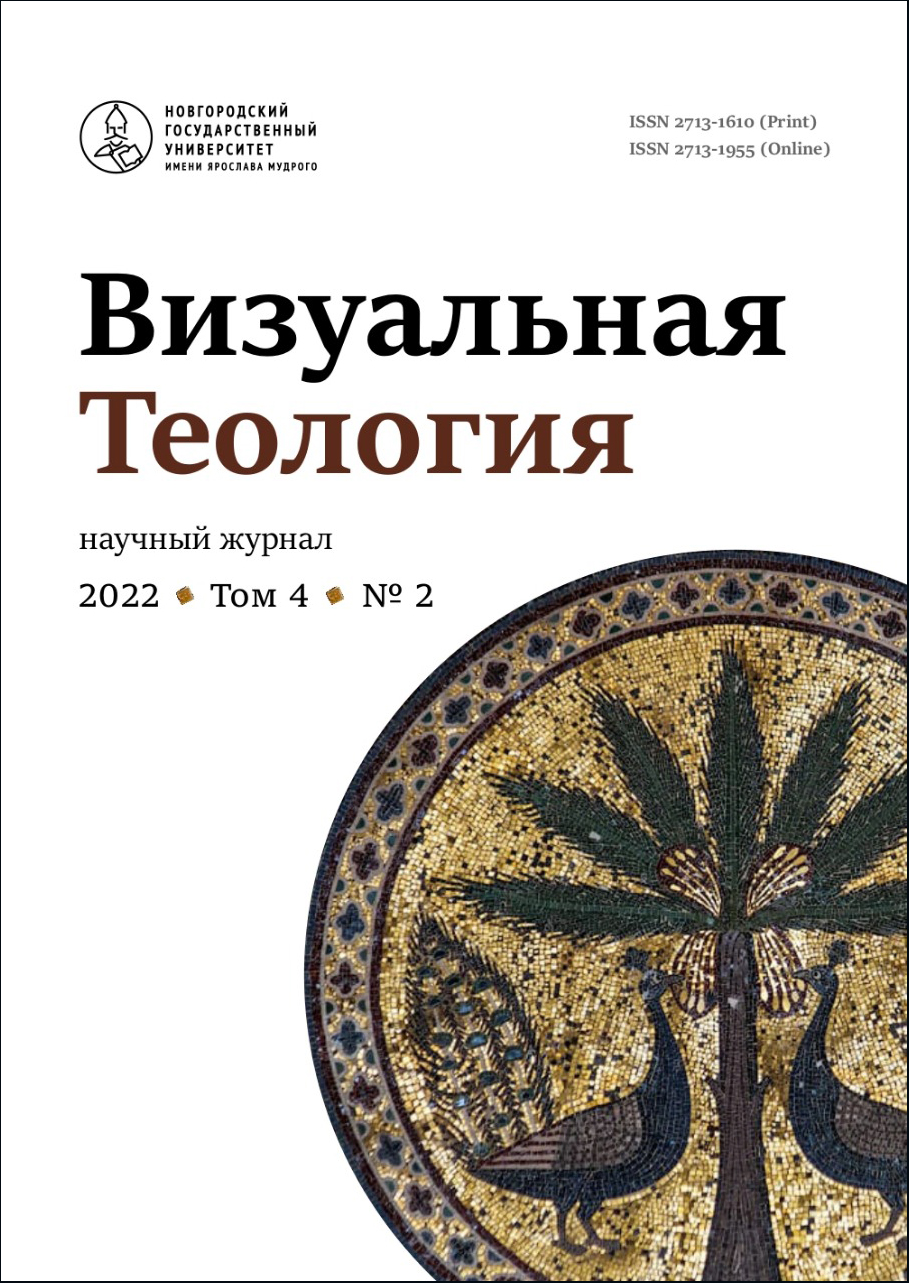Christian Saints in Armor and with a Naked Paramerium: The Image of a Warrior-Confessor in Byzantine Iconography (2). Armed God-Pleasers and Passion-Bearers
Abstract
This is the second article in a series devoted to the canonical image of the armed saints in Early Christian, Early Byzantine, Late Byzantine and post-Byzantine iconography. The most representative and distinctive iconographic images, from the point of view of Christian theology, are the faces of soldiers-confessors who became victims of persecution and suffered a painful death in the era of early Christianity. Their image is conceptually different from the bloodless faces of hermits: the soldiers of Christ were among people, relocating from place to place, they knew the world around them well. In appearance, they were not different from the rest of the military, because on frescoes, icons and bas-reliefs they were depicted as physically strong, well-groomed, firm in their intentions men, with noble facial features, dressed in beautiful clothes and having expensive armor. The icon painters seemed to deliberately seek to emphasize the physicality of their image and the close connection with the mortal existence of this world. However, when the dilemma of choosing between a painful confessional death and renunciation of faith for the sake of preserving life or a high social position arose, the love of life of these noble young people did not prevent them from making a choice in favor of the immortality of the soul, to sacrifice the values of the world below for the glory of the throne Above. Over time, the image of soldiers-confessors was transformed: from victims of permanent persecution, religious intolerance and arbitrariness of the Roman authorities, they turned into incarnate soldiers of Christ, defenders of the faith, who joined the ranks of the Heavenly host under the command of Archangel Michael. This explains the iconographic similarity of the images of the earthly Christian warriors and the Heavenly Host.



